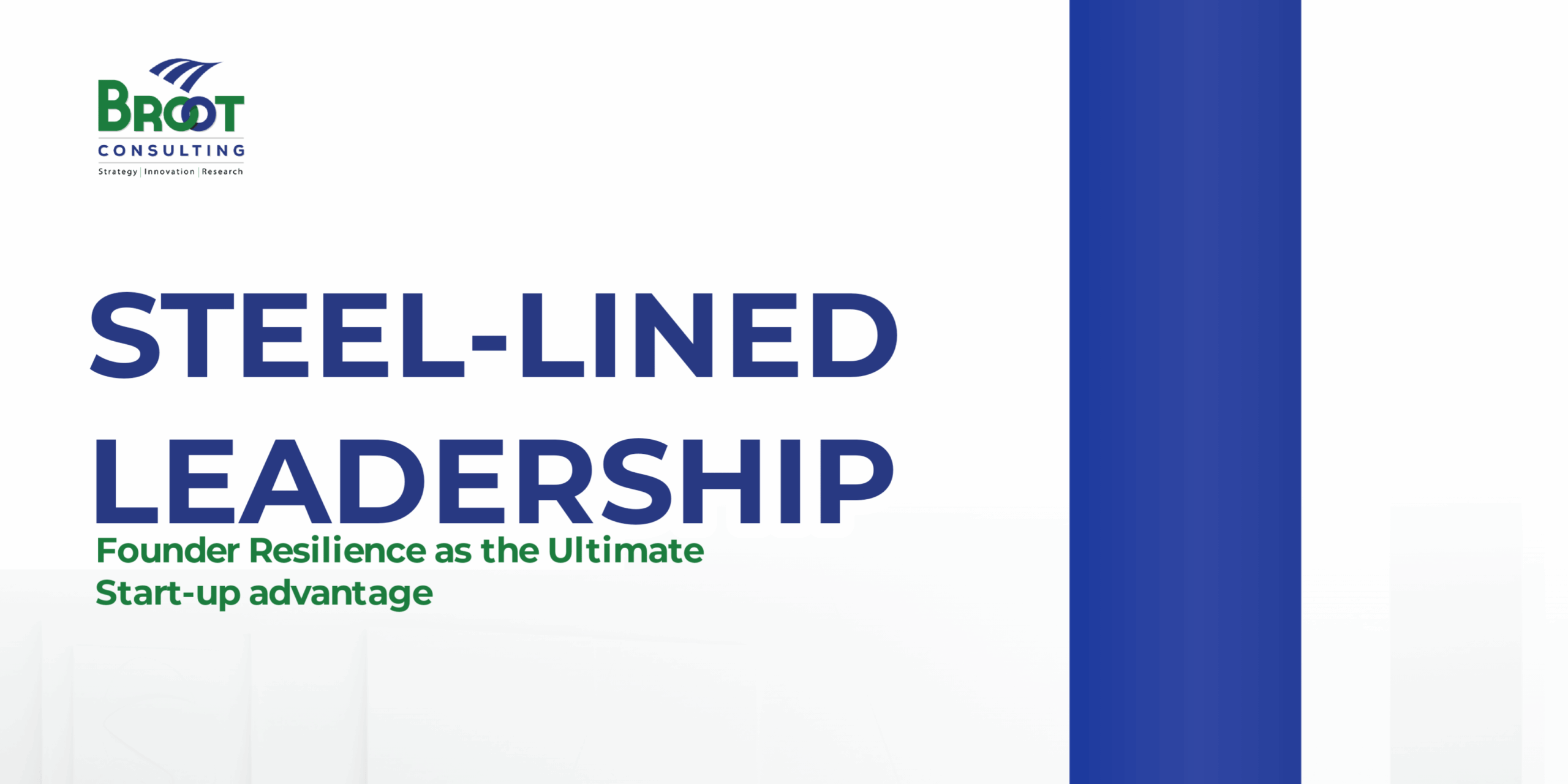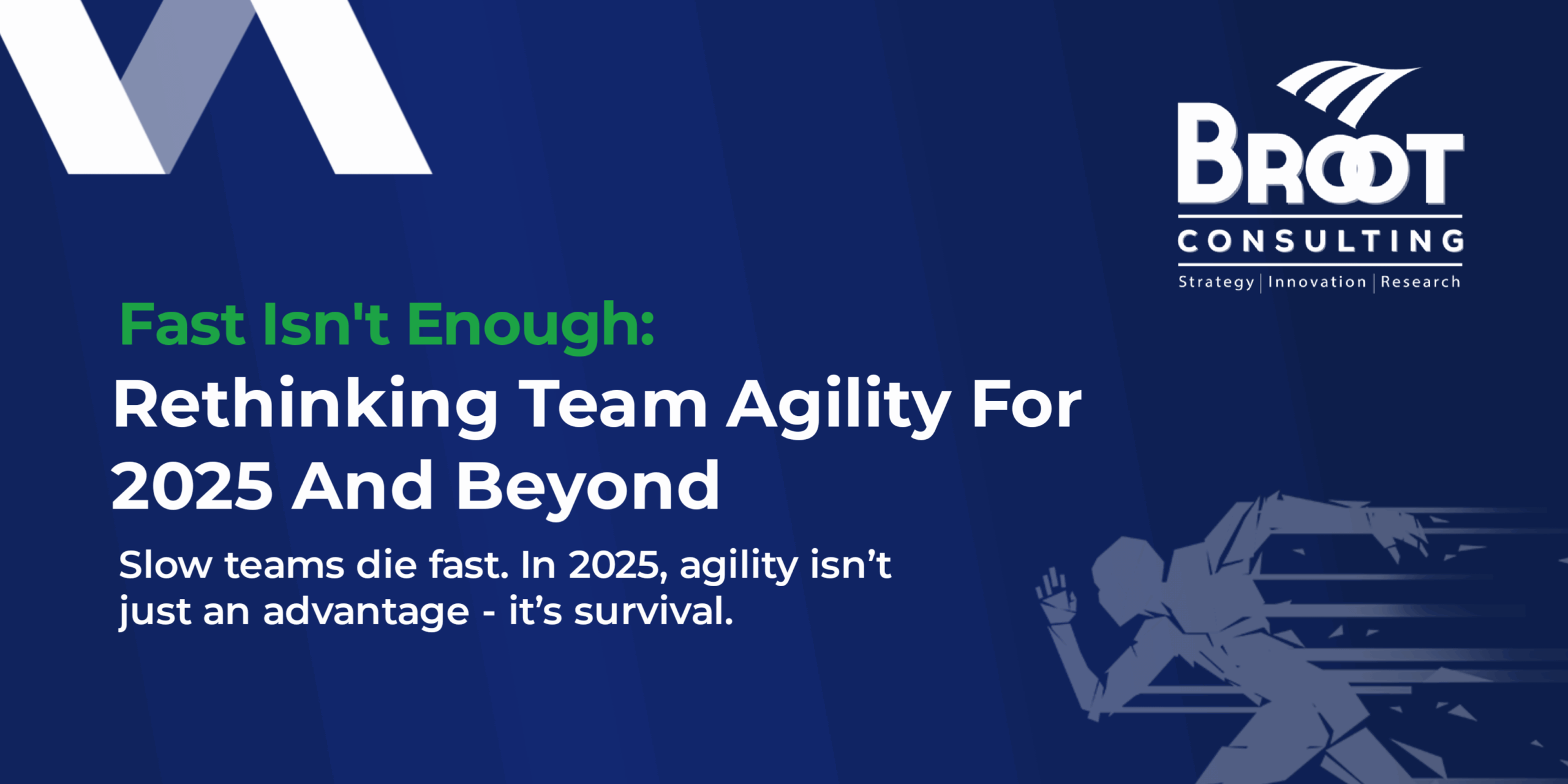Is it a Difficult Question?
When we need opinions on products, service or even matters concerning our advancement, whose opinion do we seek? From the pool of views, whose advice do we consider to be more valuable? The majority or the minority? Our lovers or the adversaries? The praise singers or those who are overly critical of us? Those that accept or those who reject our ideas outrightly? Those who are natural beneficiaries of our solutions or those whose physical or other conditions have precluded them from our services and products?
The natural tendency is for us to design for the majority of the average users. We have a natural proclivity first to allow ourselves to be swayed by the good-enough mentality as opposed to those whose need of our solutions may stretch our imaginations beyond the pedestrian. These group of people that we least see, hear or interact with are the extreme users. They come in the form of critics, fanatics, disables, novices and snobs. To make matters worse, these set of people are in the minority. Our natural tendency to only paying keen attention to the mainstream market or users limits innovation or at best, only give birth to incremental innovation. It is easy to relate with those who are usually less critical of our ideas and the average users who fit perfectly into our solutions. Let’s pause this thought for a while, shall we?
Inspired by Extreme Users
In 1808, Pellegrino Turri built the first typewriter, which today forms the foundation of all modern-day computer and keyboards on our tablets and mobile phones. In 1872, Alexander Graham Bell invented the telephone which we all still use today either as a fixed-line, intercom or the mobile phone. In 1972, Vint Cerf started the electronic messaging system and programmed the first email protocols for the nascent Internet. We can hardly imagine our lives today without the computer, the phone or the emails. All these invention or ideas for which we are all beneficiaries today have one thing in common. They were not initially meant for you and me. They were meant for the minority, the excluded or the social outcast.
Extreme Users, who are they?
Extreme users denote users at the extreme of society or product use. In this context, to design a better product, you need to make it usable, for example, kids, elderly, and people with vision impairment or dyslexic. Although the focus is at the extreme, the target is inclusive of the entire population or target users. The concept of the extreme user is based on the principles of human-centred design (HCD) which has been very effective in early software and product development focusing on usability, information and systems design and user experience design (UXD) processes.
How have we benefitted from the design for the people at the extreme of the society? Pellegrino Turri invented the typewriter so that his blind lover, Countess Carolina Fantoni da Fivizzano, could write letters more legibly. Alexander Graham Bell invented the telephone to help the deaf. At the same time, Vint Cerf developed electronic messaging to be able to communicate with his deaf wife while he is at work. As you contemplate the next market research or survey regarding product or services or as you design your life for the next career move, whose opinion will you seek? Think about it, if your ideas and designs are meant for the weakest, the smallest or the most passionate of the society, could it help to benefit and make the rest of us superhuman?
The Importance of One Percent
Research is a critical investigation which we embark upon to either establish a fact about subjects, theories and applications. Research enables solution designers to interact with the users to gain deep insight as to what constitutes value for them. The phase affords then the opportunity to walk in the shoe of the users, to do this, the researchers need to understand what they are saying, thinking, hearing and doing. A barely good enough solution is developed when our data is mostly obtained from the average users.
This process never considers a change in the status of these people. We kill innovation when we heavily rely on average users when we only listen to the voice of the majority when we are persuaded only by the outspoken and when we only design solutions to fit those that we are only familiar with. Getting breakthrough innovation is hampered when we shut out the minority. We don’t get the best of our ideas when our solutions are consistently defined by exclusion, generic solutions and popularism.
Extreme users help to stretch our creativity and imagination. The extreme users are those that cannot, will not, or will never use your product or services. It is, however, easy to overlook because they seem to be too few when compared to our mainstream users. When next you embark on ethnographic research in Design Thinking, ensure that your study is designed to deliberately bring in the views of the extreme users’ failure to do that may mean that you are only preaching to the “choir”.

The Economic Importance of Extreme Users
Though they may be few, they are also sturdy and influential because they help to stretch the imagination of the designer or solution provider. They make the highest demand on design, and they are never afraid to amplify their needs until it is met. They also seem to have a deeper understanding of their needs; they understand the problem better than average users and have an expectation that goes beyond that of an average user. Engaging them, therefore, will give you more significant insights that will push your ideas into the direction you have never explored or imagined and help you create innovative solutions that you never expected. As you embark on your investigation into the world of your current and potential users, ensure your research covers:
- Those who cannot use your product: How easy it is for those with physical challenges to drive an automobile? Is the autonomous vehicle a great solution to their problems, yeah! But what does it make the able-bodied feel like, superhuman? Sitting behind the wheel and being driven is indeed a cool idea. When you design, your solutions think of those whose natural state precludes them from your ideas. This may give you a fresh perspective that will stretch your imagination that will lead to a discovery of the solution that will have a monumental impact.
- Die Hard users or Fanatics Users of your products: These people have unadulterated loyalty and will stay with you in all situation. A typical example may be Apple Fans. Why do they wait in line for days, just to buy the new iPad or iPhone? These people are fanatical, loyal, and passionate about the brand. They have a personal interest in the topic that concerns the brand, and they are ever eager to show off things that affect the brand they love. They love to convert others to embrace their brand, and above all, they have an intimate knowledge of your brand, so they are ever willing to find out more about their object of fanaticism. They are quite knowledgeable and willing to experiment with whatever comes from your organisation. As a die-hard fan, they probably know everything that has to do with your products, they see the strength and weaknesses of your offering, and their views may stimulate your next best product.
- The novice: These are categories of people who have poor knowledge of your solution, they have not used your products, and they don’t care about it. What makes them uninterested? Were they contended with the solution from your competitors? The novice is so indifferent that even if your product/services are the closest to them, they still prefer to inconvenience themselves and go elsewhere in search of similar products. Their views could stretch your creativity
- Haters of your products: Those who developed a natural dislike for your brand may probably not do so without reason. Shouldn’t you know the reasons, pains and frustration why? For instance, why would the elderly or the physically challenged people like your organisation when your design is only ramps and stairways? If you could solve their pains with a better solution, then you may have created solutions that make a non-agile member of society more productive.
Conclusion: The Road Less Travelled
To maintain relevance in this age of constant disruptions, we must look beyond the familiar and the most convenient. Solution providers should refocus their view lens and research efforts, and go beyond the traditional questions of what, where and when to the fundamental questions of how and why.
Embracing extreme users is a challenge to the status quo. Failure to challenge the status quo is a major reason why innovations fail in many organisation. The human-centred design allows no room for exclusion; it challenges us to suspend our bias and embrace ambiguity and to change the status quo. Organisational leaders in the twenty-first-century concept of the word must be ready to lead out in the journey where originality is discovered with breakthrough ideas. Not bringing the perspectives of extreme users into research design or product development may amount to fishing in the same pond every day.
Watch out for the next article as we would be addressing the process of designing or creating products/services for extreme users and incorporating the concept into your design/innovation project.

- Olukunle A. Iyanda PhD, FCA, SNFLI.
- Managing Partner DesignThinkers Group, Nigeria
- Human-Centric Design Led Innovation Consultant.
- Founder/CEO, BROOT Consulting Nigeria Limited.




